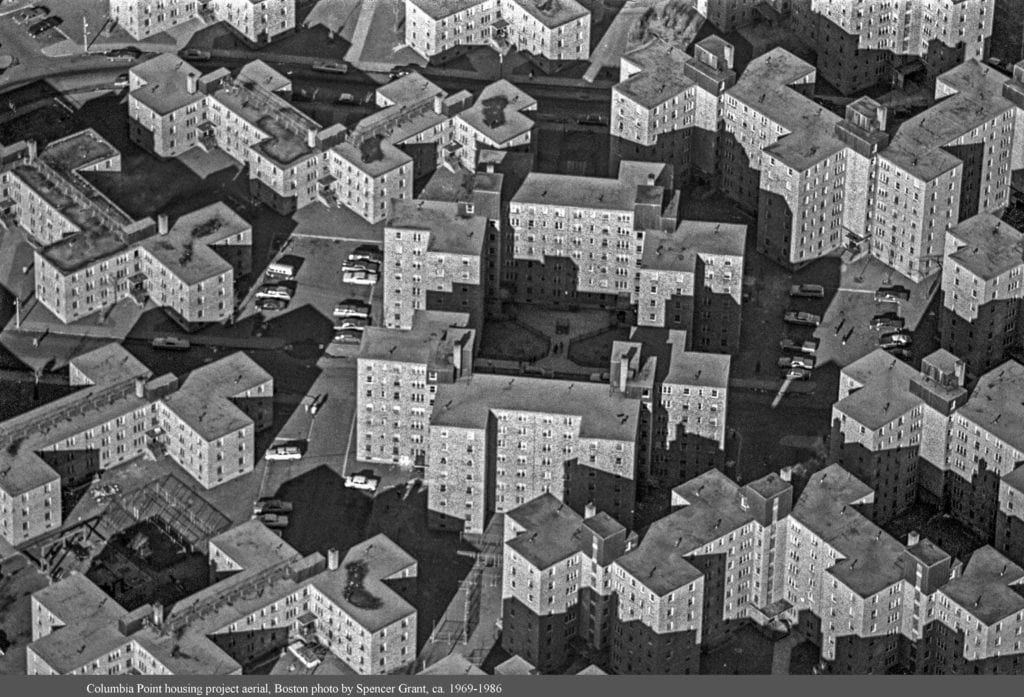Other
Housing as History: Villa Victoria and the Fenway Community Development Corporation

In the 1960s and 1970s Boston struggled to stem urban flight and a landscape of deteriorating housing stock. Massive redevelopment projects, such as the razing of the West End, sent shockwaves through the city. By the mid-1960s, the South End found itself the focus of redevelopment plans. A group of mostly Puerto Rican residents began to meet and then incorporated as the Emergency Tenants’ Council, which became Inquilinos Boricuas en Acción, Inc. (IBA). In 1969, following a widespread campaign, the IBA won the right to serve as the developer for their neighborhood and; using the architecture of Puerto Rico as inspiration, built Villa Victoria. A few years later and few blocks away, the Fenway neighborhood faced the Fenway Urban Renewal Plan (FURP), which planned to clear sections of the neighborhood. local residents sued the city to block FURP and won the right to have a neighborhood-elected board become part of the decision-making process. Out of these efforts came the Fenway CDC with a mission to develop and maintain affordable housing and advocate on behalf of a vibrant and diverse community.
The conversation will include Mario Luis Small, Grafstein Professor of Sociology, Harvard University; Mathew Thall, founding Executive Director, Fenway CDC; Mayra I. Negrón-Roche, COO, Inquilinos Boricuas en Acción and more.
This program is part two of a four program series titled Housing as History. The series is a production of the Massachusetts Historical Society and is co-sponsored by Mass Humanities and the Joint Center for Housing Studies at Harvard University.



